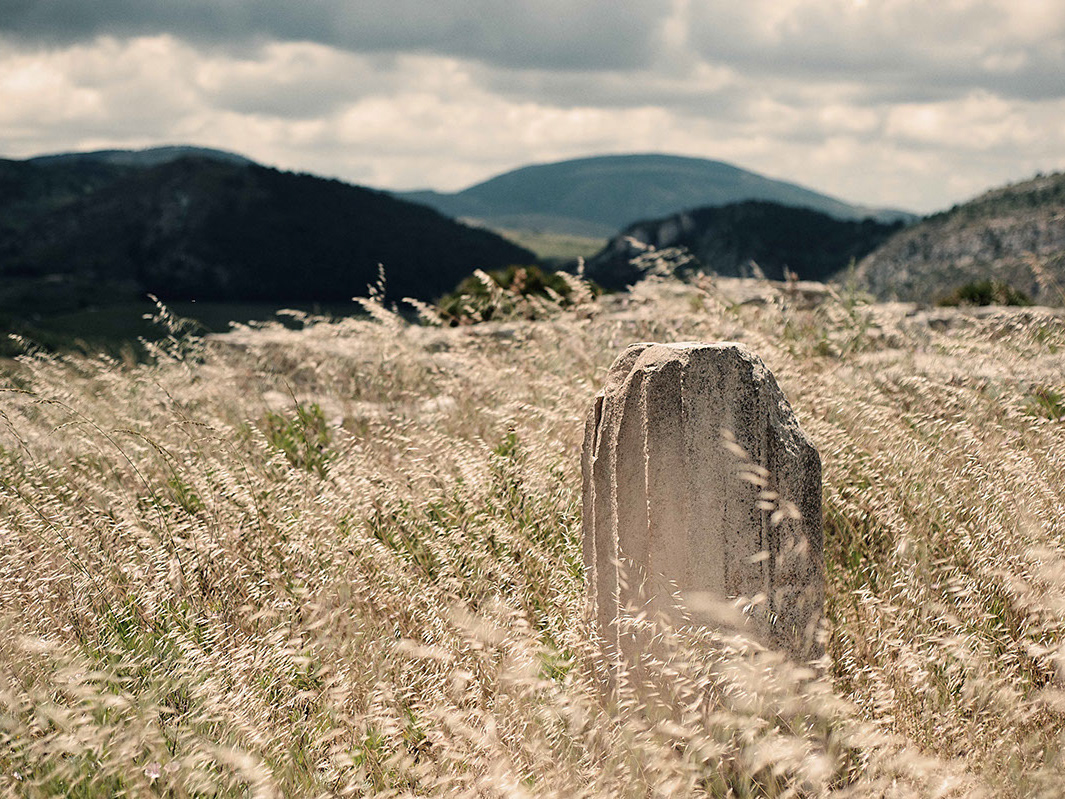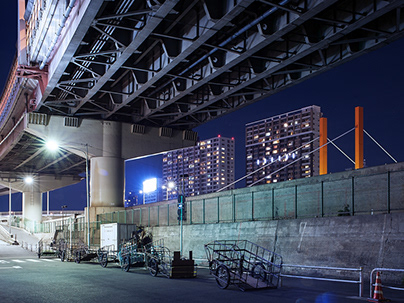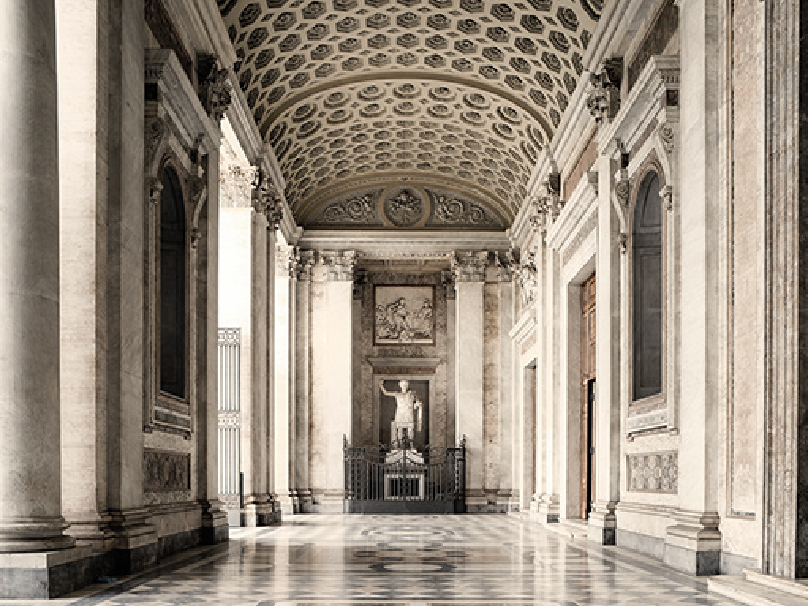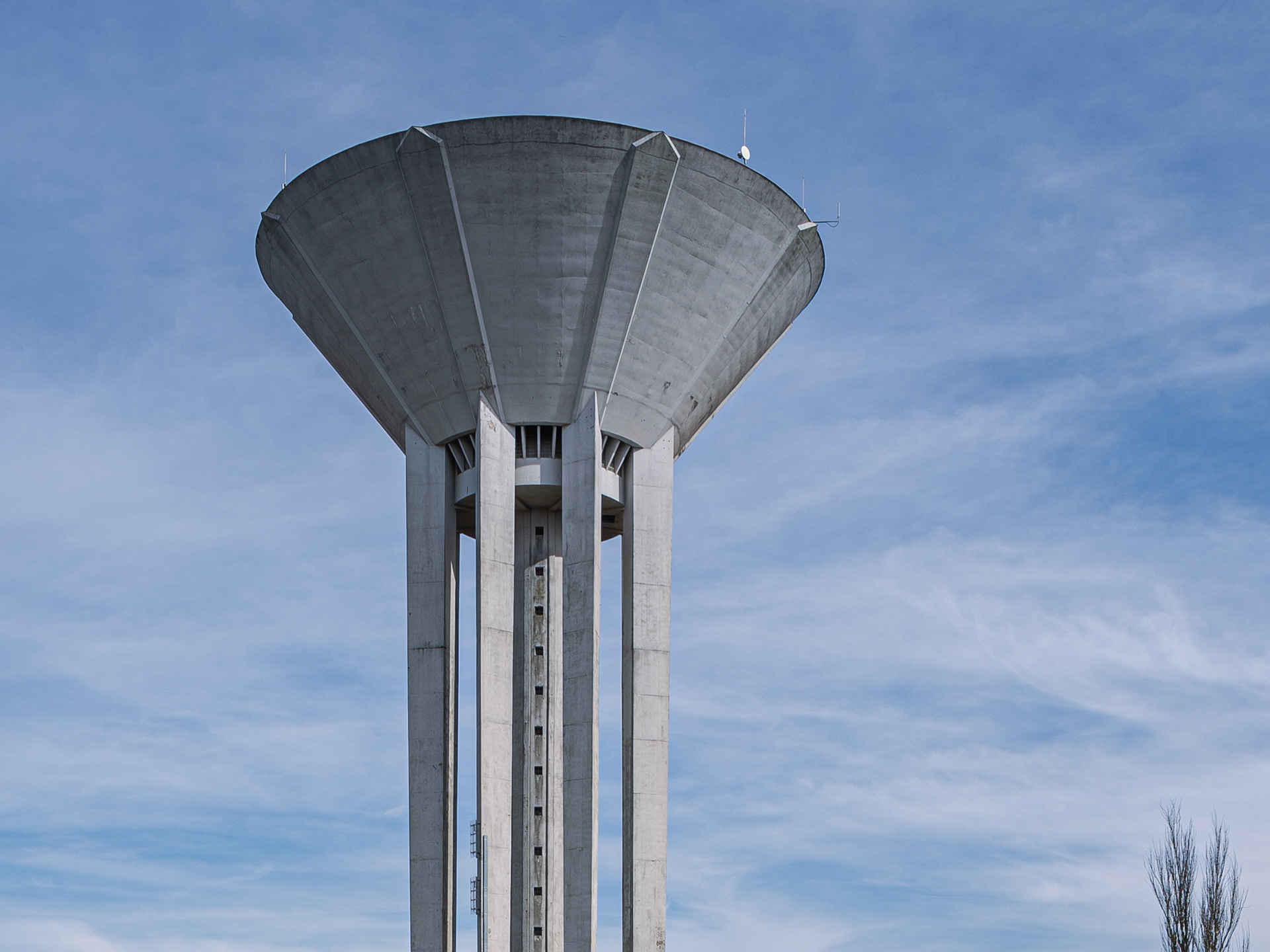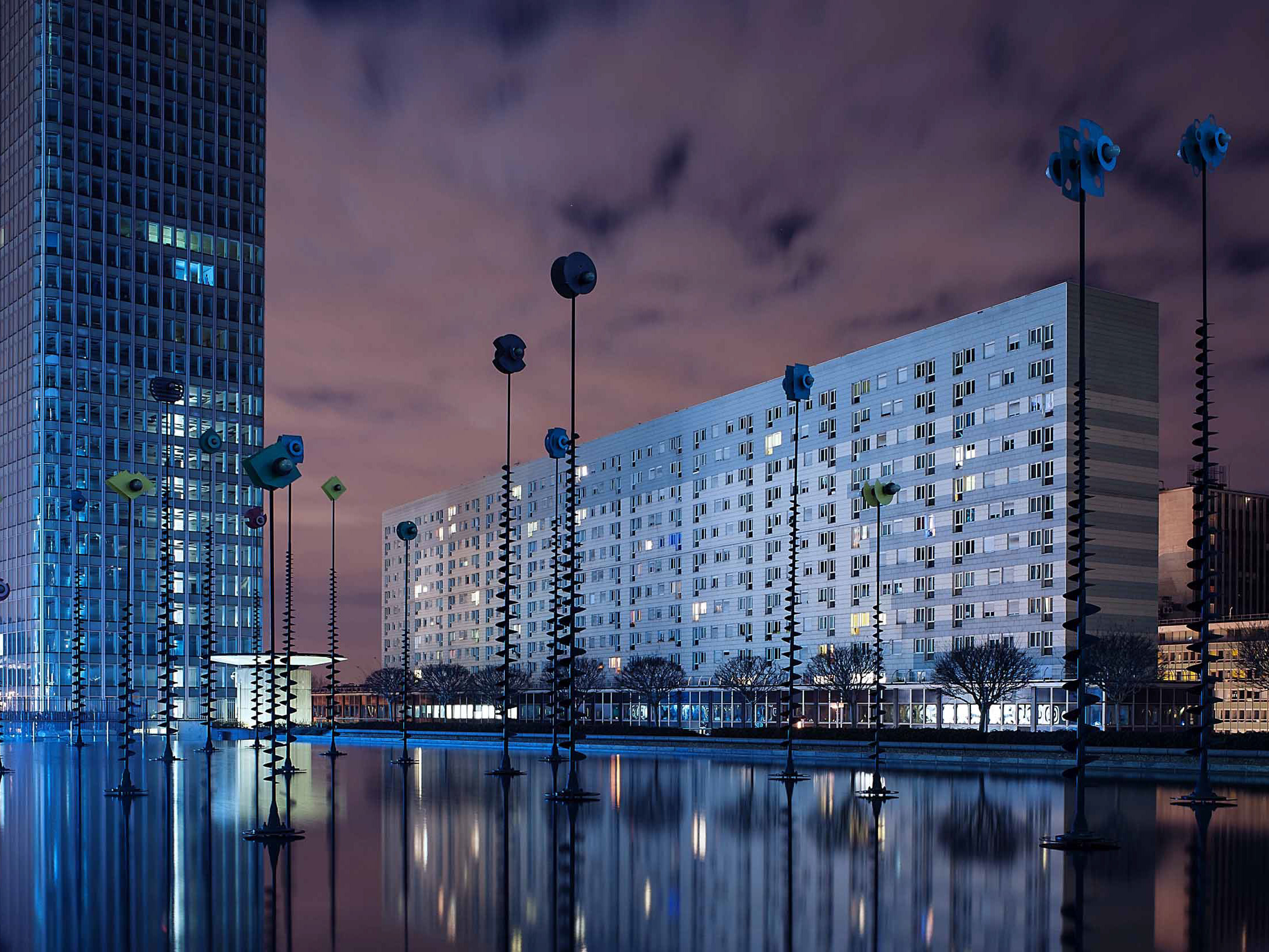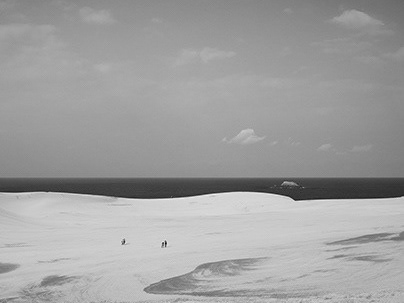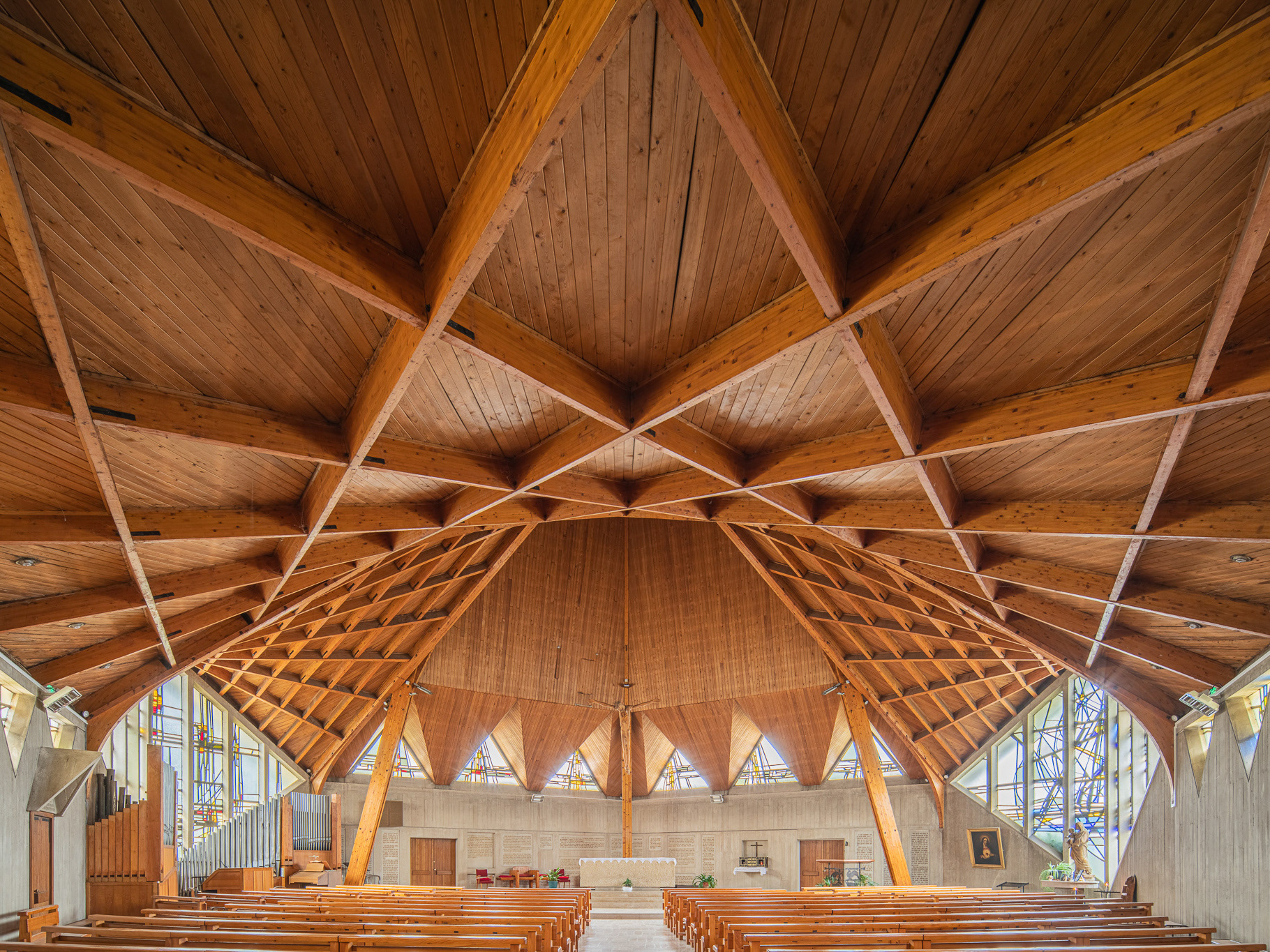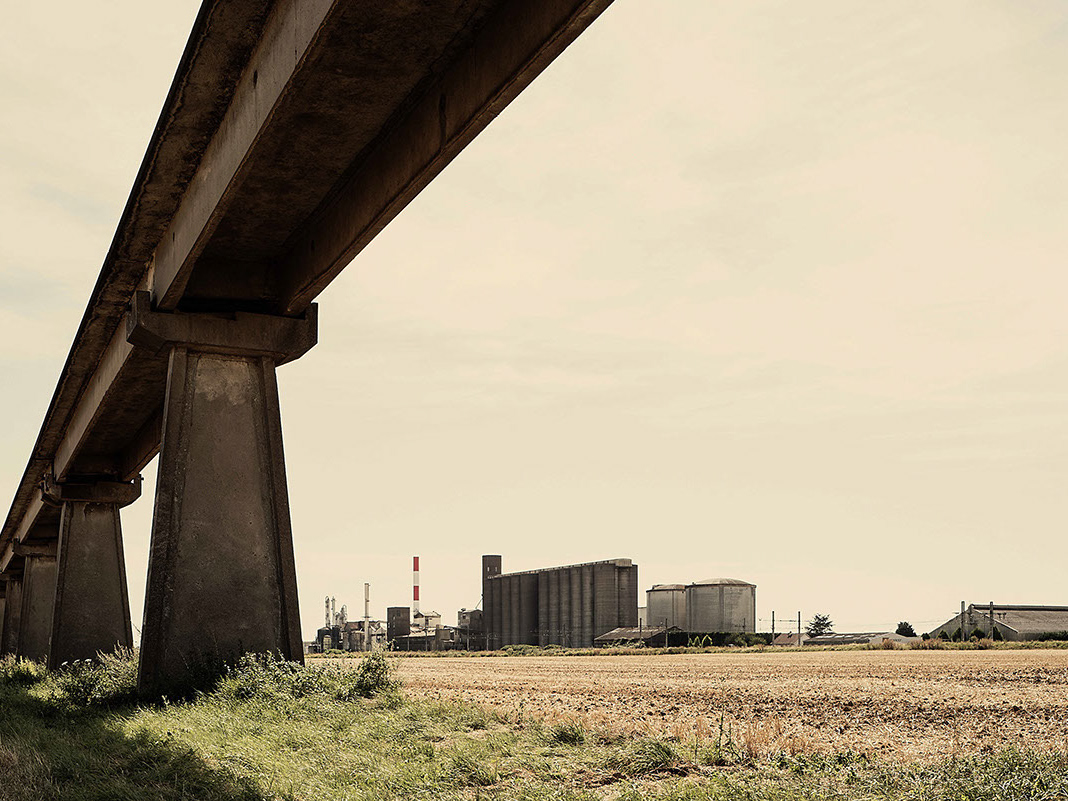Atlantikwall
My work, in this series entitled "Atlantikwall", focuses on the bunkers of the French Atlantic coast. The presence of bunkers along the French coast has become, for most of us, a holiday landscape that we see without seeing, recalling bad memories. These buildings are the only physical evidences of the German occupation, including its economic aspect, during the World War II. This gigantic enterprise of Nazi Germany was, for strategic reasons, to base and mark the territory of a new empire, stretching from Norway to southern France. However, their evocation creates discomfort, a feeling of guilt taboo. Indeed, nearly 15 000 French companies have collaborated with the Todt Organization for the construction of the "Atlantikwall", ensuring at the same time, an economic source for the Vichy regime. However, these remains, deemed to be indestructible, are gradually fading into the landscape, becoming invisible places. Besides invasive vegetation, erosion destabilizes the soil and moves these fascinating monoliths. Added to this is the will of some local authorities to destroy them, judging these concrete buildings dangerous and incompatible with contemporary human activities. This phenomenon leads to erase from our collective memories what could have been collaborationism and forced labor of thousands of workers. Yet, bunkers, whatever their condition, are appropriated and have another destinies. It is common to see these places becoming squats for the homeless, children's playgrounds when comes the summer, raw materials for taggers but also, more surprisingly, foundations for houses, sheepfolds, outbuildings... We could perhaps see the example of the ability of Human to see into the future and not be burdened with a heavy past.
